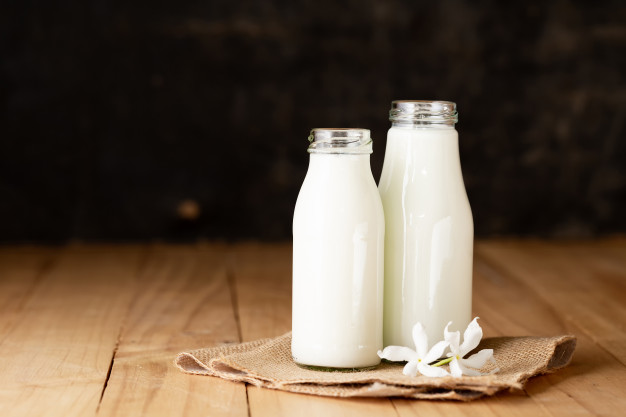A colloid is a mixture of one material uniformly distributed within another substance. In two separate levels or states of matter, they may be.
The medium of dispersion, such as water or gas, is one material. The other is the distributed medium, called the ‘internal process’ sometimes. Usually, these are small stable particles. Otherwise, if a gas is the dispersion medium, then either tiny particles or tiny droplets of a liquid may be the internal process.
Preparation of Colloid Solutions
Stable colloids are often referred to as lyophilic sols, which exist between the dispersed phase and the dispersion medium in these powerful forces of interaction. These are prepared using the required techniques below.
Condensation Method
To form a distributed phase particle, small solute particles are condensed.
Chemical methods:
By oxidation:
By double decomposition:
By reduction:
By hydrolysis:
By double decomposition:
By excessive cooling:
By exchange of solvent:
By change of physical state:
Dispersion Methods
Large particles of material (suspension) are divided into smaller particles in these processes. The methods below are employed.
Mechanical dispersion
In this process, coarse particles are first grounded in the material. To get a suspension, it is then combined with a dispersion medium. In a colloidal mill, the suspension is then granulated.
By Electrical Dispersion
This technique is used to prepare platinum, silver, copper, or gold soles. The metal whose sol is to be prepared is generated as a two-electrode that immerses itself in a medium of dispersion such as water etc.
Peptization

Peptization is known as the method of turning a freshly prepared precipitate into a colloidal solution. In this process, smaller quantities are applied to the electrolyte, which is known as a peptizing agent or peptizing agent.
Purification of Colloids
Ionic impurities and other types of impure substances include colloids that reduce the consistency of colloids used in different applications. The strategies to purify the colloids are below.
Dialysis
The process by which ionic substances are extracted from the colloidal solution by effusion through an appropriate membrane is dialysis. The principle is that, because the impurity slowly diffused out of the base leaving pure colloid, sol particle does not pay through parchment paper or semipermeable membrane.
Electro Dialysis
Dialysis is a slow procedure for the removal of impurities that takes too much time. An applied electrical force improvises the operation. This is referred to as electro dialysis. Two electrical plates are inserted into the distilled water in this technique and are attached to the source terminals, long movements of greater speed to the opposite electrical plate, and the sol is filtered.
Ultra filtration
Standard filter papers will not be used to filter colloid impurities, because impurities along with sol particles would be filtered off due to the large size of pores. By impregnating the papers in a collodion solution which is 4-s, the pore size is decreased. Calculate the alcohol nitrate solution-ether mixture and acetaldehyde-dried. This is classified as ultrafiltration and ultra-filter papers are referred to as such papers.
Examples:
Milk, which is a colloid in which both parties are liquids, is an emulsion.
Colloids of gas inside a liquid are shaving cream and whipped cream.
Colloids of liquids within solids are gels, such as agar, jelly, or even opals.
Styrofoam and pumice are solid-inside gases.
The red color of the cranberry glass is due to the reflection in the glass of light from gold particles. The glass is a colloid within the solid glass of solid particles.
Mud is commonly regarded as a suspension because the dirt settles, but it can be a partial colloid, particularly with very fine-grained clay.
Fog is a dynamic combination in which air comprises both droplets of water and solid particles. In parts, it may be colloidal.
Conclusion
If you want to know anything more, then please share your concerns in the comment section.





